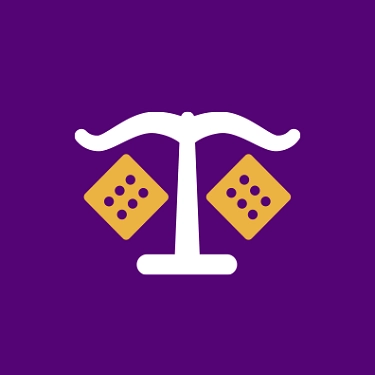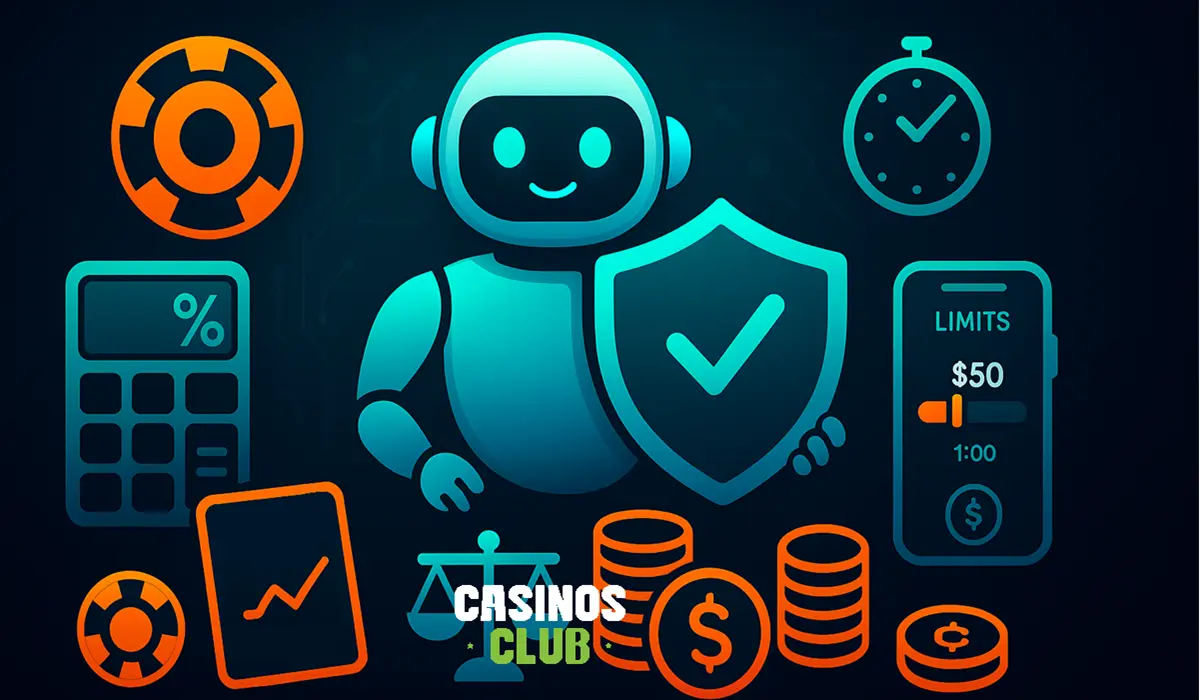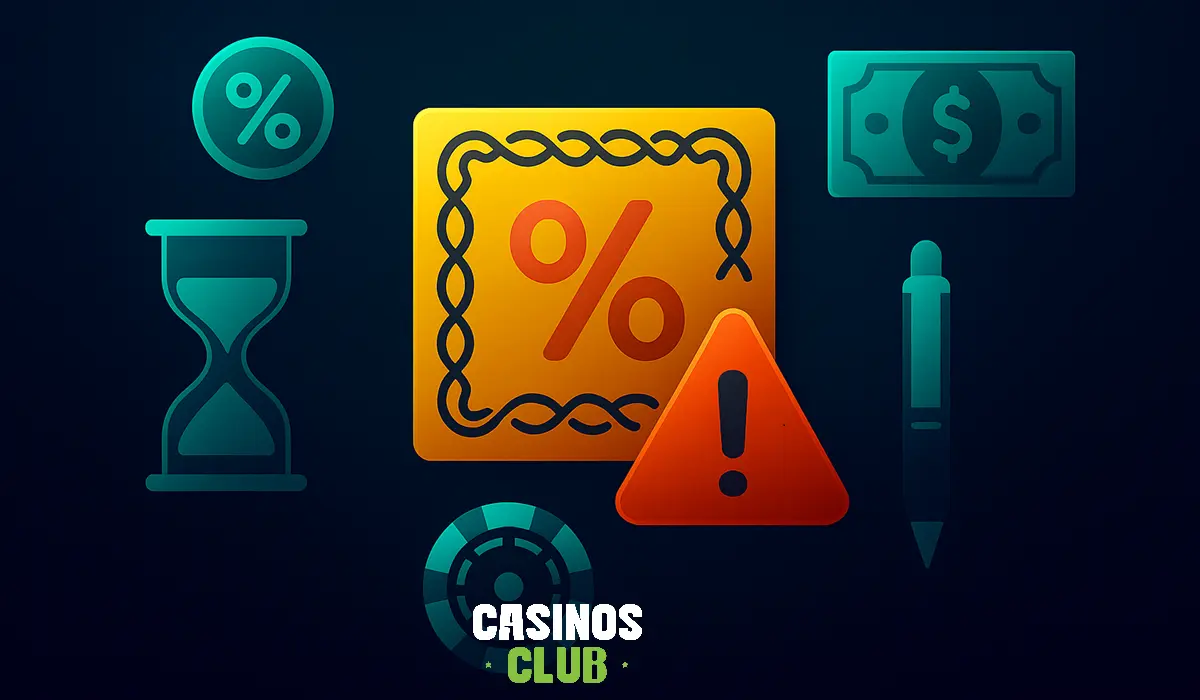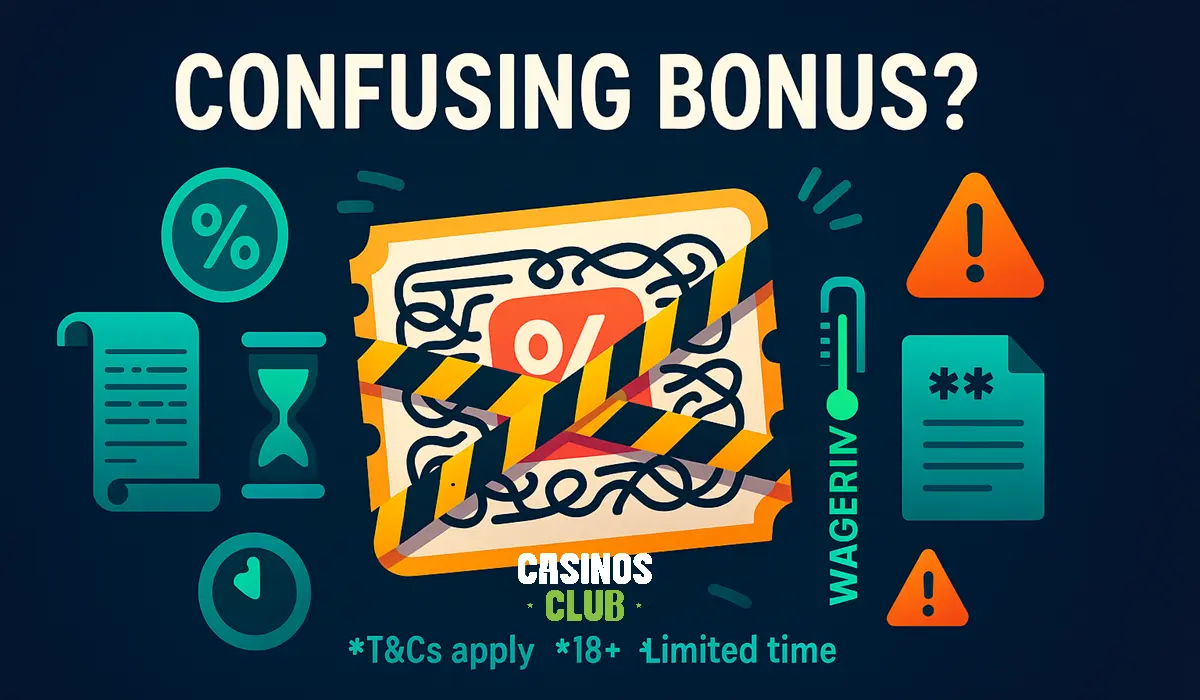
30 January 2025
Understanding Poker Chip Values and Buy-Ins
Poker chips are an important part of the game, representing both currency and strategy at the poker table. Understanding their values and proper usage is significant for anyone looking to improve their gameplay. This guide dives deep into poker chip denominations, colors, and their role in various game formats. Learn how to manage buy-ins, distribute chips effectively, and set up games like a pro while exploring tips that benefit beginners and seasoned players alike.
Understanding Poker Chip Values
Poker chips are the backbone of any poker game, serving as a replacement for actual money. They allow players to bet, raise, and call efficiently without handling cash at the table. Each poker chip has a specific value, making it easy to track bets and winnings during gameplay.
The value of poker chips varies depending on the type of game. In cash games, the chips directly represent real money. For instance, a $5 chip means you are betting five dollars. On the other hand, tournament chips represent points rather than real money, giving players a starting stack to compete with until they’re eliminated or crowned the winner.
Common Poker Chip Values
While there’s no universal standard for poker chip denominations, many games follow these widely accepted values:
- White chips: $1
- Red chips: $5
- Blue chips: $10
- Green chips: $25
- Black chips: $100
- Purple chips: $500
For higher-stakes games or tournaments, additional colors like yellow or pink are used, representing $1,000 or more.
Why Poker Chips Are Important
Using chips instead of cash creates a fair and organized environment. It’s easier to make accurate bets, and players don’t have to fumble with bills or coins. This standardization keeps the game flowing smoothly and helps avoid disputes about bet sizes.
Cash Games vs. Tournament Chips
In cash games, players can exchange their chips for money at the end of the game. For example, if you finish with $200 worth of chips, you can cash out the same amount. In tournaments, chips only signify your standing in the competition. The objective is to grow your chip stack by winning hands until you knock out other players.
Understanding poker chip values ensures you can confidently participate in any poker game. Whether you’re planning a home game or entering a casino, having this knowledge helps you navigate the table with ease.
Poker Chip Colors and Denominations

Poker chip colors play a crucial role in distinguishing their denominations, making gameplay more efficient and visually organized. Understanding the typical color and value associations is essential for both beginners and experienced players to avoid confusion during a game. Even if you’re in a home game, a casino, or a tournament, familiarizing yourself with these details enhances your overall experience.
All Poker Chip Colors and Values
While there isn’t a globally mandated standard for chip colors, most poker games follow widely accepted conventions. Below are common poker chip colors and their corresponding values:
- White chips: $1
- Red chips: $5
- Blue chips: $10
- Green chips: $25
- Orange chips: $50
- Black chips: $100
- Purple chips: $500
- Yellow chips: $1,000
Higher denominations, often used in high-stakes poker games or tournaments, might include pink chips worth $2,500 and brown chips worth $5,000. These colors and values ensure consistency, especially in professional or casino settings.
Poker Chip Colors in Home Games
In casual home games, the values assigned to poker chip colors can vary. It’s a good idea to create a clear chart of the chip denominations before starting to ensure all players are on the same page. For example:
- White chips might represent $1, while red chips are $5.
- Blue chips could be worth $10 or $20, depending on the buy-in.
Customizing chip values for home games allows flexibility based on the stakes you want to play.
Importance of Standardized Poker Chip Colors
Standardized poker chip colors reduce the chances of mistakes during gameplay. They help players quickly recognize chip values, making betting and raising seamless. Casinos and tournaments adhere to these conventions to maintain consistency, even across different venues.
Poker Starting Chips and Buy-In Basics
Poker starting chips and buy-ins are the foundation of setting up a game. A buy-in refers to the amount players must pay to join, while the starting chips determine how the game begins. Setting up proper chip values and stacks ensures fairness and smooth gameplay.
Starting Chips in Poker Games
In cash games, players receive chips equivalent to the value of their buy-in. For example, a $100 buy-in translates to $100 worth of chips. In contrast, tournaments assign chips as points with no real-money value. A typical starting stack might include 5,000 or 10,000 chips, depending on the structure.
Distributing starting chips involves selecting a mix of low and high denominations. A common example includes:
- 10 white chips ($1 each)
- 4 red chips ($5 each)
- 2 green chips ($25 each)
This distribution ensures that players can place both small and large bets without issue.
The Role of Buy-Ins
A buy-in determines the stakes of the game and helps set the tone for how competitive it will be. Casual home games might have buy-ins as low as $10, while professional tournaments can reach thousands of dollars. Players should always know the buy-in amount and associated chip values before starting.
In tournaments, the buy-in also contributes to the prize pool. For instance, if 50 players pay $50 each, the total prize pool would be $2,500. Knowing the buy-in allows players to manage their poker bankroll effectively.
Understanding the Value of Poker Chips in Buy-Ins
The value of poker chips plays a key role in determining the stakes of a game and how buy-ins are structured. In cash games, the chips are directly tied to real money, which means the buy-in amount corresponds to the total value of chips a player receives. For instance, a $100 buy-in might include:
- 20 red chips ($5 each)
- 10 white chips ($1 each)
- 4 green chips ($25 each)
In tournament poker, buy-ins are converted into points. A $50 buy-in, for example, might translate to 5,000 chips. While these chips don’t hold monetary value, they are crucial for determining a player’s standing throughout the game.
Understanding the value of poker chips ensures players can manage their stacks effectively, make appropriate bets, and navigate blind increases. For instance, players in a tournament may start with smaller blinds, like 25/50, but as the game progresses, chip values shift to larger denominations like 500 or 1,000.
Buy-ins and the value of poker chips directly impact game strategy, as players must adjust their play based on their stack size and the increasing blinds. A solid grasp of chip values gives players a clear advantage at any poker table.
Blind Levels and Their Impact on Starting Chips
Blind levels in tournaments dictate how quickly chips lose their value as the game progresses. Starting chips are designed to last several blind levels, giving players enough room to strategize. For example:
- Level 1: Small blind is 25 chips, big blind is 50 chips
- Level 2: Small blind increases to 50 chips, big blind to 100 chips
As blinds increase, players must manage their chip stacks carefully to avoid elimination. Starting with a healthy stack provides more opportunities to play hands and gain an advantage.
Advanced Poker Chip Use Cases

Poker chips are not just tools for betting; they serve advanced purposes in high-stakes games, tournaments, and professional settings. Understanding these use cases helps players transition smoothly from casual games to more competitive formats.
Black Chip Poker and High-Stakes Games
In high-stakes poker, black chips ($100) and higher denominations like yellow ($1,000) or pink ($2,500) become commonplace. These games often involve buy-ins of thousands or even millions of dollars, requiring higher-value chips to avoid overloading the table with unnecessary stacks. High-stakes players frequently use plaques for denominations exceeding $5,000, as these are easier to manage.
For example, in a high-stakes cash game with a $10,000 buy-in, a typical stack might consist of:
- 20 black chips ($100 each)
- 10 purple chips ($500 each)
- 5 yellow chips ($1,000 each)
This structure keeps the game efficient, even when bets escalate quickly.
WSOP Chip Counts and Tournament Play
The World Series of Poker (WSOP) sets the gold standard for tournament chip use. Players often start with large stacks (e.g., 50,000 or more in chips), allowing for extensive play over multiple blind levels. Chips in these tournaments are color-coded to represent increasing denominations as blinds rise. For instance:
- Green chips: 25
- Black chips: 100
- Yellow chips: 1,000
- Gray chips: 5,000
As blinds escalate, tournaments regularly "color up" lower-value chips to maintain a manageable number of chips in play.
Strategic Use of Poker Chips
In advanced poker games, chip stacks often convey strategic information. Players observe opponents' stacks to gauge their ability to make large bets or withstand all-ins. Professional players use their chip stacks to apply pressure strategically, forcing others to fold or take risky moves.
Beginner’s Guide to Poker
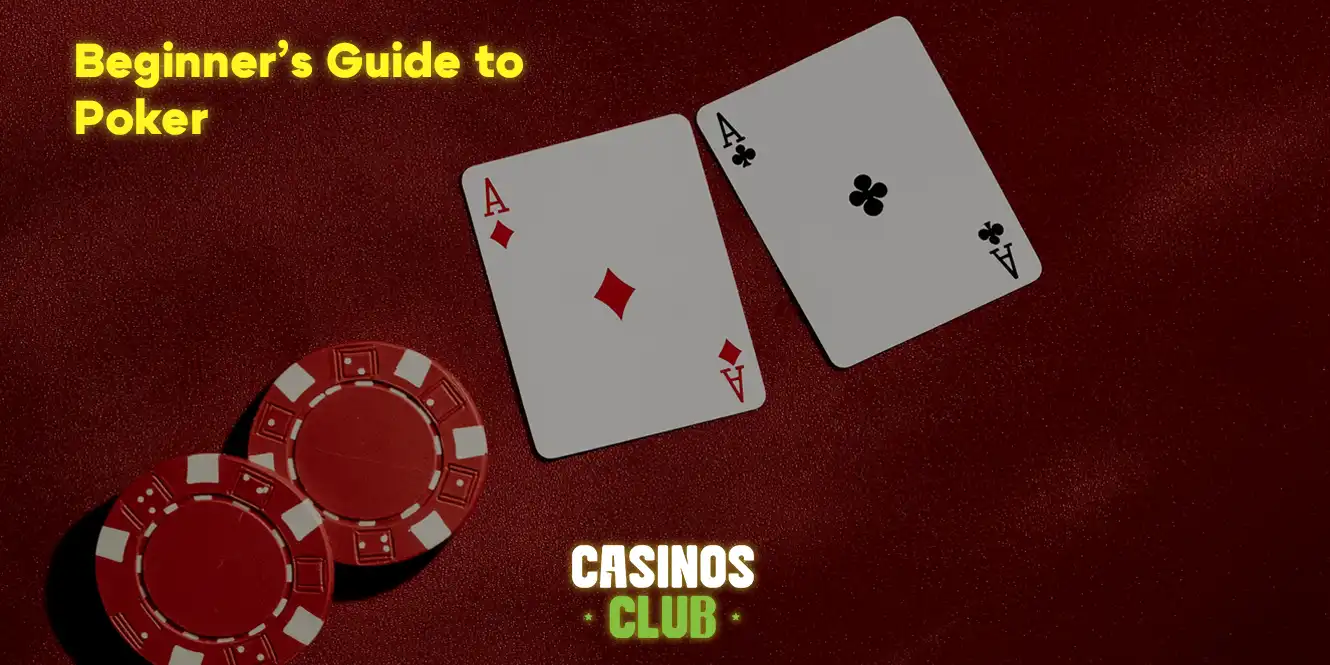
Poker is one of the most popular card games in the world, combining skill, strategy, and a little luck. For beginners, understanding the basics of poker chips, gameplay, and rules is the first step toward becoming a confident player.
The Role of Poker Chips for Beginners
Poker chips simplify the betting process, making it easier to focus on the game. Beginners should familiarize themselves with common chip values and colors to avoid confusion at the table. For a typical home game, chips might represent:
- White chips: $1
- Red chips: $5
- Green chips: $25
Knowing how to count and stack chips is essential for keeping track of bets and managing your poker bankroll.
Key Poker Basics
For new players, the following elements of poker are crucial to understand:
- Hand Rankings: Learn the value of different poker hands, from a high card to a royal flush. This knowledge forms the foundation for making decisions during play.
- Betting Rounds: Poker typically involves several betting rounds, such as pre-flop, flop, turn, and river. Players can check, bet, raise, or fold during each round, depending on the strength of their hand.
- Blinds: Small and big blinds are mandatory bets that keep the game moving. These bets rotate around the table with each hand, ensuring everyone contributes to the pot.
Beginner Poker Tips
- Start with low-stakes games to gain confidence and minimize losses.
- Pay attention to your opponents' chip stacks and betting patterns to pick up on their strategies.
- Practice poker etiquette, such as not string-betting and waiting for your turn to act.
Beginners who take the time to understand poker rules and chip values will quickly feel more comfortable at the table, setting the stage for steady improvement.
Final Verdict
Poker chips are an integral part of the game, bringing structure, strategy, and a visual representation of the stakes to every table. By understanding poker chip values, colors, denominations, and their role in both cash games and tournaments, players can approach the game with confidence. Setting up a game with clear buy-ins and balanced chip distributions ensures fair play and smooth gameplay, whether you're hosting a home game or participating in a competitive tournament.
For beginners, mastering the basics of poker, including chip management and betting strategies, lays the foundation for long-term success. Advanced players can refine their strategies by leveraging chip stacks for psychological advantage and adapting to the dynamics of high-stakes games.
Frequently Asked Questions (FAQs) About Poker Chips
What is the standard value of poker chips?
Poker chip values vary, but the most common denominations are: white ($1), red ($5), blue ($10), green ($25), black ($100), and purple ($500). High-stakes games may also include yellow ($1,000) or pink ($2,500) chips.
How many chips should each player start with in a poker game?
For a home game, a typical starting stack includes around 40–60 chips per player, with a mix of low and high denominations. For tournaments, starting stacks often range from 1,000 to 10,000 chips, depending on the format.
What are the chip colors used in tournaments like the WSOP?
The World Series of Poker uses standardized colors, such as green (25), black (100), yellow (1,000), and gray (5,000). Additional high-value chips or plaques are used as needed.
Can poker chip colors have different values in home games?
Yes, in home games, chip values are customizable. It’s important to clarify the denominations with all players before the game starts to avoid confusion.
How many chips do I need for a game with 10 players?
A set of 500 chips is typically enough for up to 10 players. A balanced mix of denominations, such as 150 white, 200 red, 100 green, and 50 black chips, ensures smooth gameplay.
What is the purpose of “coloring up” chips in poker tournaments?
"Coloring up" replaces low-value chips with higher denominations as the blinds increase. This simplifies the game and reduces the number of chips on the table.
Do poker chips have monetary value outside of the game?
In cash games, poker chips represent real money and can be cashed out at the end of the game. In tournaments, they serve as point markers and do not carry any monetary value.





